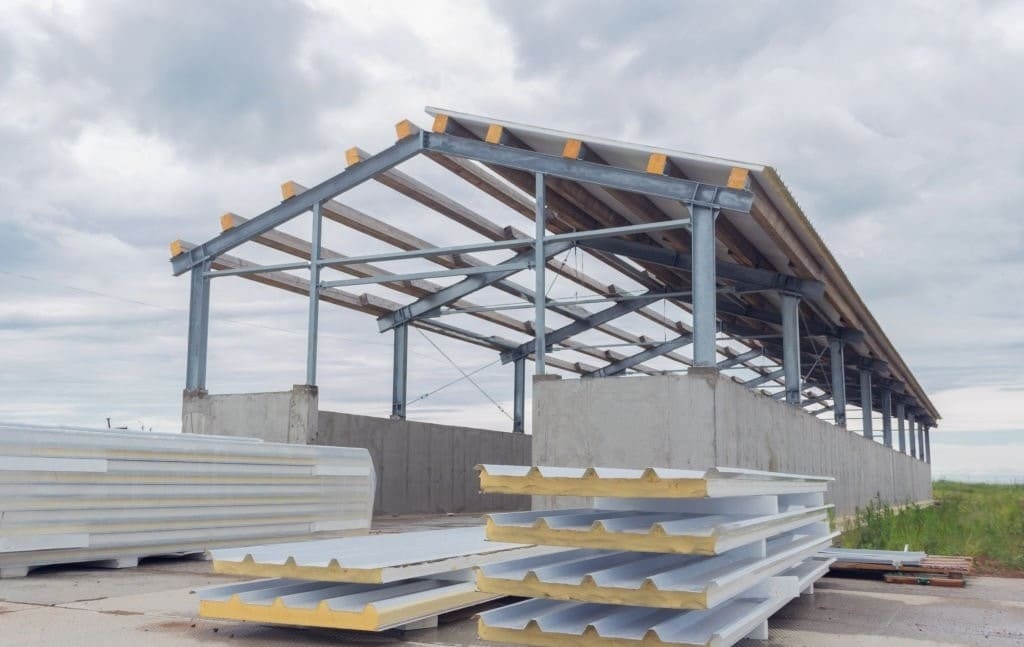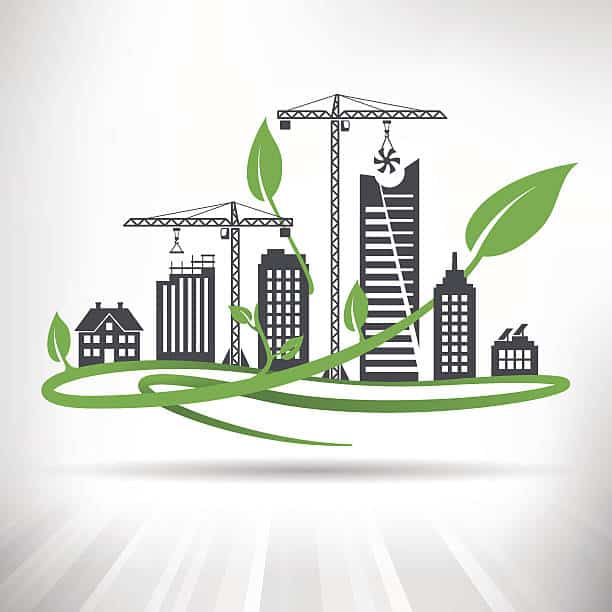The construction industry is fundamental to the economy because it creates the infrastructure essential for modern living.
Building everything from homes and office buildings to roads and bridges enables daily activities and supports economic growth.
This sector also drives job creation, stimulates local businesses, and underpins economic development.
In 2023, it was valued at nearly $2 trillion in the U.S., and it’s expected to keep growing. As the industry expands, new technologies and methods change how we build and design structures.
In this article, we’ll look at three game-changing technologies in the construction industry.
These innovations are set to redefine how we approach construction, offering exciting possibilities for the future.
1. Building Information Modeling (BIM)
Building Information Modeling (BIM) is changing the construction industry by offering a comprehensive approach to project planning and management.
BIM generates detailed 3D models of buildings and infrastructure, allowing teams to see and analyze the entire project before any physical work begins.
BIM is becoming a key tool in the United States, with over 98% of large architecture firms adopting it. Major construction companies like Clark Construction Group, DPR Construction, and Hensel Phelps use BIM to enhance project management.
This widespread use highlights how BIM is shaping the future of construction.
Benefits of BIM and Why It’s Futuristic
- Improved Accuracy: BIM provides precise, detailed models that help identify potential issues before construction starts. This reduces errors and ensures that the final build matches the design.
- Enhanced Collaboration: With BIM, all project stakeholders—architects, engineers, contractors, and clients—can access a single, up-to-date model. This improves communication and coordination, making the entire process smoother.
- Cost Efficiency: By catching problems early and improving project planning, BIM can help avoid costly changes and delays. This leads to more accurate budgeting and reduced project costs.
- Time Savings: BIM’s detailed modeling speeds up the planning and design phases, which can shorten the project timeline. This efficiency helps meet deadlines and manage resources better.
- Future-Ready: As technology advances, BIM integrates with other tools and systems. This makes it a versatile and forward-looking technology that can adapt to future developments in construction.
2. Prefabrication and Modular Construction
Prefabrication and modular construction are changing how buildings are made. These methods involve assembling parts of a building off-site before bringing them to the final location, speeding up construction, and improving quality.
Prefabrication means creating building components, like walls and floors, in a factory. These parts are then transported to the site and put together. Modular construction goes further by building entire sections, or modules, off-site.
These modules are then assembled on-site.
Major firms like Skanska and Turner Construction use these methods to improve efficiency and reduce project times. This shift is making construction faster and more effective.
Advantages of Prefabrication and Modular Construction
- Faster Construction: Since much of the building is done off-site, projects can be completed more quickly. Modules and components are assembled in parallel with site preparation, which shortens the overall construction time.
- Cost Savings: Prefabrication and modular construction can reduce labor costs and minimize waste. Efficient factory production processes lead to better resource management and lower costs.
- Quality Control: Building components are manufactured in a controlled environment, which improves precision and quality. This helps ensure that each part meets high standards before reaching the construction site.
- Reduced Disruption: With much of the work done off-site, there is less noise and disruption at the construction site. This is particularly beneficial for projects in busy or sensitive areas.
- Scalability and Flexibility: Modular construction allows for easier adjustments and scalability. Modules can be added or reconfigured to meet changing needs, offering flexibility in design and use.
3. Sustainable and Green Building Technologies
Sustainable and green building technologies are becoming a major focus in construction. These approaches aim to reduce buildings’ environmental impact and make them more energy-efficient.
Sustainable building involves designing and constructing buildings in ways that conserve resources and minimize waste. This includes using eco-friendly materials, energy-efficient systems, and methods that reduce a building’s overall carbon footprint.
According to recent industry insights, about 90% of professionals believe a shift toward environmental sustainability is growing. This reflects a strong move toward greener practices in construction as more projects and companies prioritize eco-friendly solutions.
By adopting these technologies, the industry is working to create buildings that are better for the environment and offer long-term benefits for occupants and communities.
Key Technologies
Sustainable and green building technologies use several key systems to reduce environmental impact.
- Energy-efficient systems include solar panels and green roofs. Solar panels transform sunlight into electrical power, reducing energy use from non-renewable sources. Green roofs, covered with plants, help insulate buildings and manage rainwater, reducing the need for heating and cooling.
- Sustainable materials involve using resources that are renewable or have a lower impact on the environment. This includes recycled materials, low-impact construction products, and materials that are sourced responsibly. These choices help reduce waste and conserve natural resources.
Impact on the Industry
- Environmental Benefits: Green building technologies help lower energy consumption and reduce greenhouse gas emissions. This results in less strain on natural resources and a smaller carbon footprint, which is crucial for combating climate change.
- Economic Advantages and Long-Term Savings: While sustainable building practices might have higher upfront costs, they often lead to savings in the long run. Energy-efficient systems and sustainable materials can lower utility bills and maintenance costs. Moreover, buildings with green certifications often have increased market value and can draw more tenants or buyers.
Conclusion
To recap, we’ve explored three key innovations transforming the construction industry: Building Information Modeling (BIM), prefabrication and modular construction, and sustainable building technologies. Each of these advancements significantly improves efficiency, quality, and environmental impact.
As the construction industry evolves, these technologies shape a more efficient, sustainable future. BIM improves planning and collaboration, prefabrication, and modular methods, speeding up construction and improving quality. Green building technologies also contribute to environmental and economic benefits.
Adapting to these innovations is crucial for industry professionals. Incorporating these technologies can lead to better project outcomes, reduced costs, and a positive impact on the environment.



